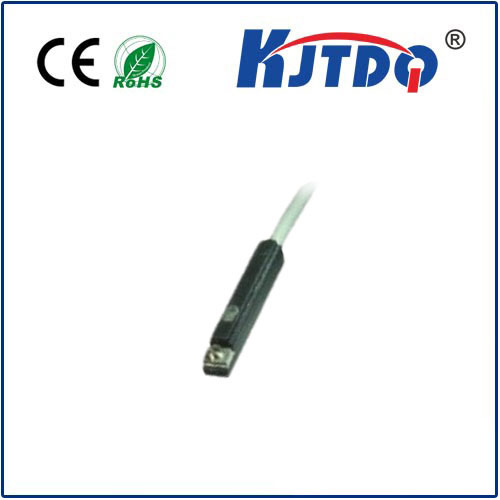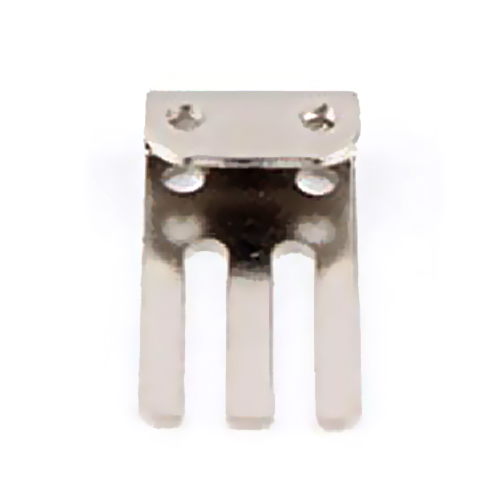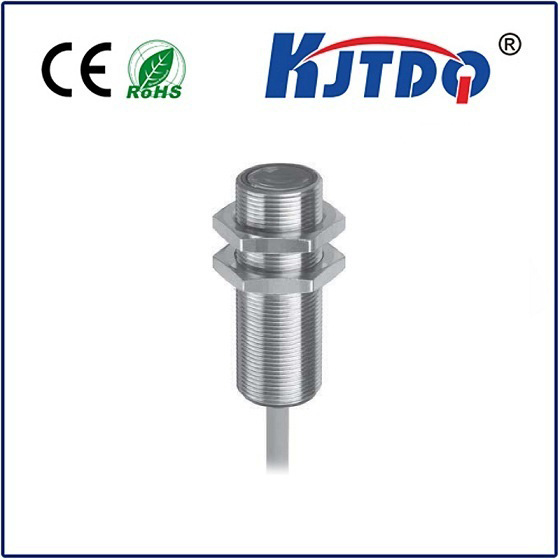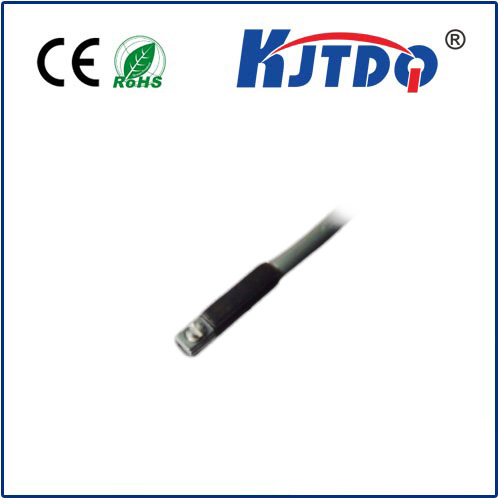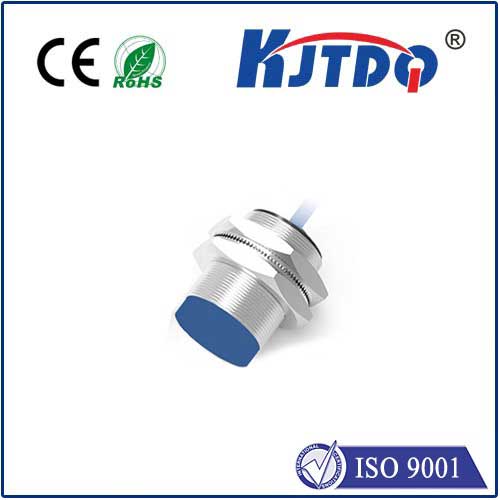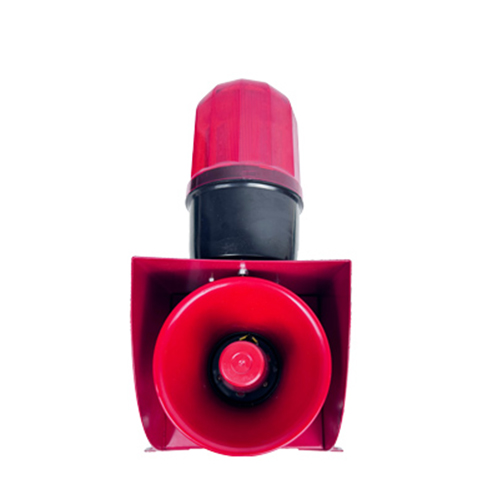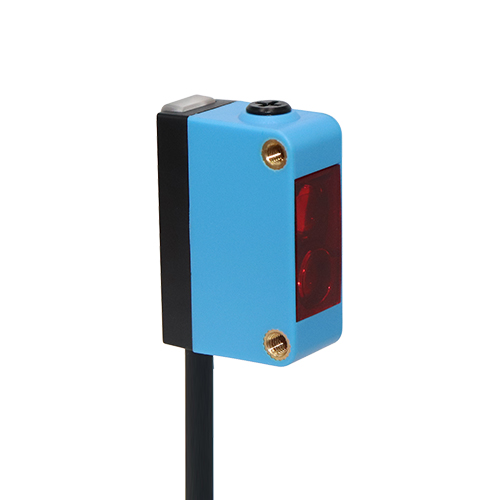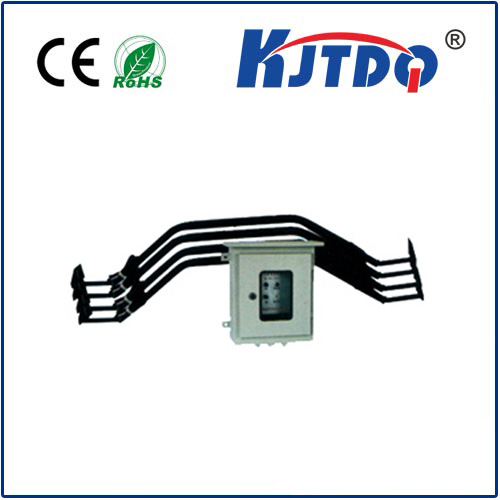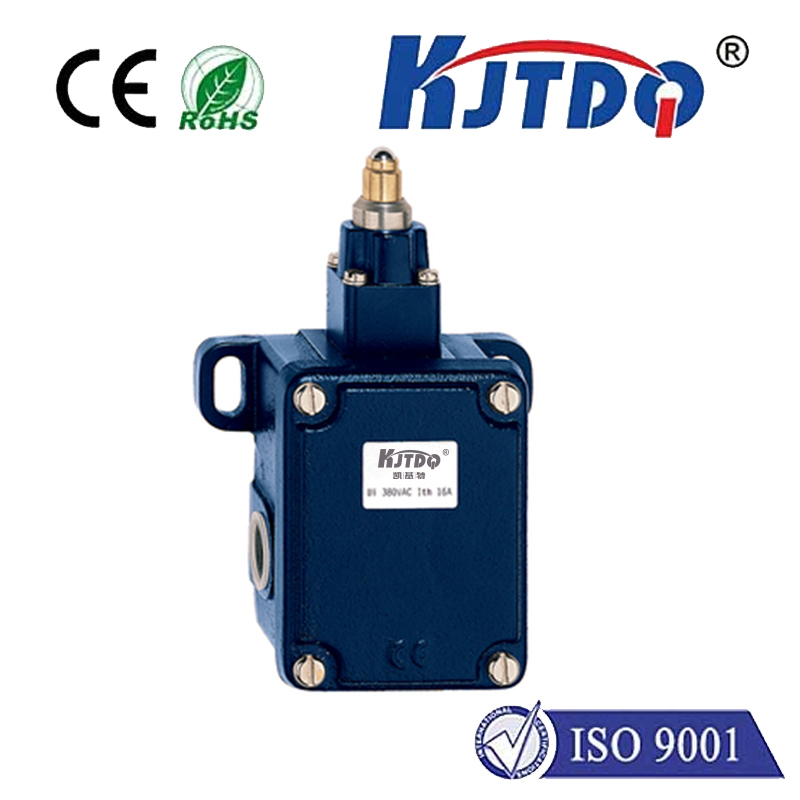BES00EE proximity sensor
- time:2025-09-22 14:02:42
- Click:0
Understanding the BES00EE Proximity Sensor: The Unseen Guardian of Industrial Automation
Imagine a high-speed production line where components whiz by, robotic arms perform intricate maneuvers, and precise positioning isn’t just important – it’s absolutely critical to safety and efficiency. In this complex industrial ballet, how do machines “see” and “feel” components without physical contact, ensuring flawless operation? Enter the often-overlooked but indispensable proximity sensor, exemplified by models like the BES00EE proximity sensor. This small, robust device is a cornerstone of modern automation, acting as the silent, reliable sentinel enabling complex machinery to interact with its environment intelligently.
At its core, a proximity sensor is a device designed to detect the presence or absence of an object within its sensing range without requiring physical touch. They achieve this through various physical principles, with the BES00EE belonging to the most common type used in heavy industry: the inductive sensor. These sensors generate an electromagnetic field from an oscillator coil within the sensor head. When a metallic object (the “target”) enters this field, it induces small electrical currents called eddy currents on the object’s surface. This interaction alters the oscillation amplitude within the sensor, which is precisely detected by an internal circuit. This change triggers an electronic switch – either turning it ON (object detected) or OFF (no object) – sending a clear signal back to the machine’s controller (PLC or similar).
The designation “BES00EE” typically follows a specific manufacturer’s coding scheme (often associated with Balluff, a major player), where:

- BES: Likely denotes the sensor series or family.
- 00: Often refers to key specifications like the sensing range (e.g., 0.8mm, 1.5mm, 2mm, 4mm). This is crucial – the “00” must be checked against the manufacturer’s datasheet for the exact value.
- EE: Usually specifies the electrical output type and connection method. “EE” commonly indicates a 3-wire sensor (Brown = +V, Blue = 0V, Black = Signal) with a Normally Open (NO) PNP output configuration. Again, consulting the specific datasheet for the exact BES00EE model is essential for confirmation.
So, why are sensors like the BES00EE proximity sensor so vital? Their advantages are fundamental to robust automation:
- Non-Contact Sensing: The absence of physical touch means no wear and tear on the sensor or target, leading to vastly increased longevity and reliability. This is paramount in harsh industrial environments.
- High Reliability & Speed: Inductive sensors like the BES00EE proximity sensor react incredibly quickly to metal targets, operating at high switching frequencies – perfect for counting fast-moving parts or verifying high-speed processes. They are largely immune to dust, oil, vibration, and humidity when properly rated.
- Robust Construction: Typically housed in rugged materials like nickel-plated brass or stainless steel, proximity sensors are built to withstand significant shock, vibration, and exposure to coolants or cutting fluids common in manufacturing and machining.
- Simple Integration: With standardized 3-wire DC connections (like the typical PNP NO “EE” configuration), these sensors interface seamlessly with standard PLC inputs.
- Versatility: They perform countless tasks: position detection (e.g., cylinder end position), object counting (bottles on a conveyor), speed monitoring (gears rotating), level control (metal bins), and presence verification (parts in a fixture).
Applications for the BES00EE proximity sensor and its kin are ubiquitous:
- Machine Tools: Tool changer position, spindle orientation, workpiece clamping confirmation.
- Automated Assembly Lines: Detecting components in pallets, verifying robot gripper closure, indexing positions.
- Material Handling: Monitoring conveyor belt loads, detecting metal parts on moving lines, end-of-travel limits on automated guided vehicles (AGVs).
- Packaging Machinery: Verifying presence of cans, bottles, or lids; controlling filling levels (metal containers).
- Robotics: End effector position feedback, collision avoidance near metal structures, gripper feedback.
Choosing and Implementing a BES00EE Effectively:
While the BES00EE proximity sensor represents a reliable choice for detecting metal objects, successful implementation hinges on careful consideration:
- Sensing Range (“00” Variant): This is critical. The “00” suffix must be cross-referenced with the manufacturer’s catalog to know the exact nominal sensing distance (Sn). Installing a sensor too far from the target won’t work; too close risks physical damage. Always factor in a safety margin – typically operate at 60-80% of Sn.
- Target Material & Size: Inductive sensors primarily detect ferrous metals (iron, steel) best, with reduced range for non-ferrous metals (aluminum, brass, copper). The target must be large enough to reliably disturb the electromagnetic field – usually required to be at least equivalent to the sensor’s face diameter.
- Mounting: Ensure the sensor is securely mounted to prevent vibration-induced false signals. Be mindful of metallic surroundings (flanges, brackets) which can potentially reduce effective sensing range (shielding effect).
- Environment: While robust, check the sensor’s IP rating (Ingress Protection - e.g., IP67) against the environmental conditions (dust, water jets, oil immersion, temperature extremes) where it will be installed. The BES00EE proximity sensor typically offers high protection levels.
- Electrical Compatibility: Confirm the output type (PNP NO “EE”) matches the input requirements of your controller (PLC). Ensure the supply voltage (e.g., 10-30V DC) is stable and within range.
PNP vs. NPN: The “EE” code usually implies PNP output. Briefly:
- PNP: The output signal wire (Black) provides +V when active (target detected). Also called “sourcing.”
- NPN: The output signal wire provides 0V when active. Also called “sinking.” Always verify in the datasheet.
The BES00EE proximity sensor embodies the engineering principles that make industrial automation possible: robustness, reliability, and precision. By leveraging non-contact inductive technology, it provides millions of maintenance-free switching cycles, enabling machines to perceive their environment safely and reliably. Understanding its operation, specifications (especially that “00” sensing distance and “EE” output), and application nuances is key to harnessing its power effectively. From the precise positioning within a CNC machine to the relentless pace of a bottling plant, these unassuming devices are the silent proximity sensor guardians ensuring processes run smoothly, efficiently, and safely. Their role, though often invisible, is absolutely foundational to the modern industrial landscape.







